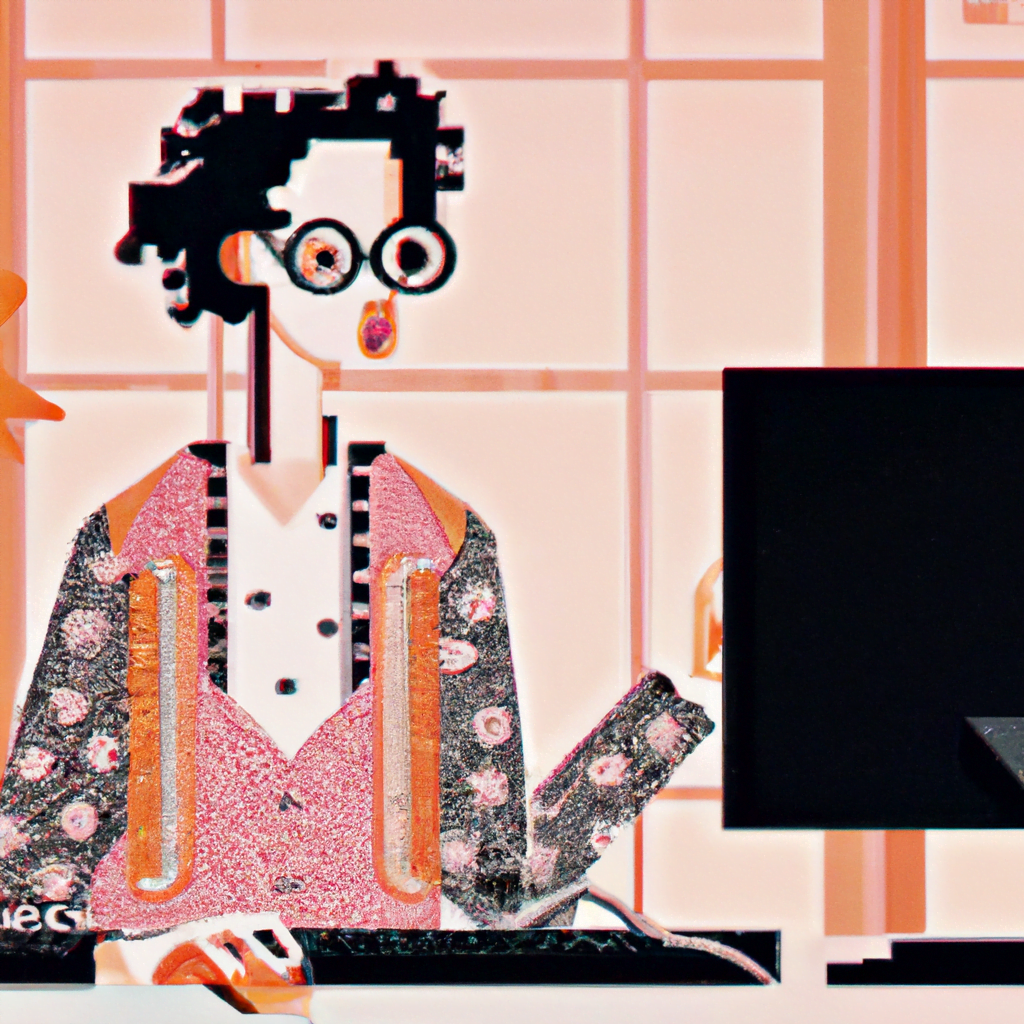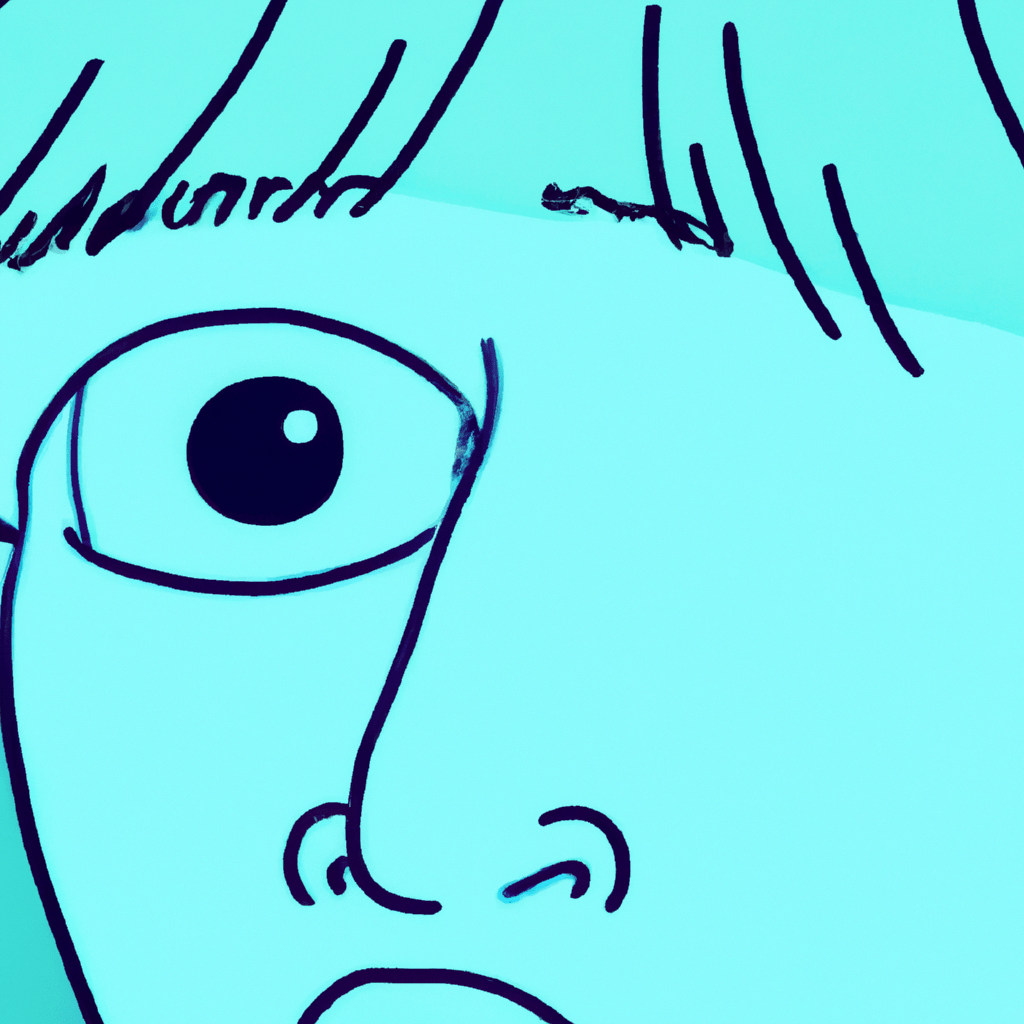
AI-Powered Illustration and Character Design Techniques

Artificial Intelligence (AI) has revolutionized various industries, and the world of illustration and character design is no exception. With the advancements in AI technology, artists and designers now have access to powerful tools that can enhance their creative process, streamline workflows, and push the boundaries of what is possible. In this article, we will explore the various AI-powered illustration and character design techniques that are shaping the industry today.
The Rise of AI in Illustration and Character Design
AI has made significant strides in recent years, enabling artists and designers to explore new possibilities and push the boundaries of their creativity. Here are some key reasons why AI has gained traction in the field of illustration and character design:
- Automated Sketching: AI algorithms can analyze reference images and generate accurate sketches, saving artists valuable time and effort.
- Enhanced Colorization: AI-powered tools can automatically add color to black and white illustrations, providing artists with a quick and efficient way to experiment with different color schemes.
- Style Transfer: AI algorithms can analyze the style of existing illustrations and apply it to new designs, allowing artists to explore different artistic styles and create unique visual experiences.
- Character Generation: AI can generate realistic and diverse characters based on specific criteria, providing artists with a starting point for their designs and saving them from the tedious task of creating characters from scratch.
AI-Powered Tools and Techniques
Let’s delve deeper into some of the AI-powered tools and techniques that are transforming the illustration and character design process:
1. Automated Sketching
Creating accurate sketches is a crucial step in the illustration and character design process. AI-powered tools, such as Google’s AutoDraw, use machine learning algorithms to analyze rough sketches and suggest more refined versions. These tools can recognize common shapes and objects, allowing artists to quickly transform their initial ideas into polished sketches.
2. Colorization
Colorization is a time-consuming task that often requires meticulous attention to detail. AI-powered tools, like Algorithmia’s Deep Art, leverage deep learning algorithms to automatically add color to black and white illustrations. These tools can analyze the content of the image and make intelligent color choices, providing artists with a starting point for further experimentation.
3. Style Transfer
Style transfer is a technique that allows artists to apply the style of one image to another. AI-powered tools, such as DeepArt.io, use neural networks to analyze the style of a reference image and apply it to a new design. This technique enables artists to explore different artistic styles and create visually stunning illustrations and characters.
4. Character Generation
Creating unique and diverse characters is a challenging task for artists and designers. AI-powered tools, like ArtBreeder, use generative adversarial networks (GANs) to generate realistic and diverse characters based on specific criteria. Artists can input parameters such as age, gender, and facial features, and the AI algorithm will generate a range of character designs that match the given criteria. This saves artists valuable time and provides them with a starting point for further customization.
Case Studies: AI in Action
Let’s explore some real-world examples of how AI-powered illustration and character design techniques have been successfully implemented:
1. Disney’s Deep Canvas
Disney’s Deep Canvas is an AI-powered software that revolutionized the animation industry. It allowed artists to create three-dimensional backgrounds with the illusion of depth, giving animated films a more immersive and realistic look. This technology was used in films like “Tarzan” and “Mulan,” enhancing the visual experience for viewers.
2. NVIDIA’s GauGAN
NVIDIA’s GauGAN is an AI-powered tool that turns rough sketches into photorealistic landscapes. Artists can draw simple shapes and use GauGAN to transform them into detailed and realistic scenes. This tool has been widely adopted by concept artists and landscape designers, enabling them to quickly visualize their ideas and iterate on designs.
The Future of AI in Illustration and Character Design
The potential of AI in the field of illustration and character design is vast, and we can expect to see further advancements in the coming years. Here are some potential future developments:
- Improved Creativity Assistance: AI algorithms will continue to evolve, providing artists with even more creative assistance and generating unique ideas based on their preferences and styles.
- Real-Time Collaboration: AI-powered tools will enable artists to collaborate in real-time, allowing them to work together seamlessly and share ideas instantaneously.
- Enhanced Animation: AI algorithms will assist in automating the animation process, making it more efficient and enabling artists to focus on the creative aspects of their work.
- Personalized Artistic Style: AI algorithms will learn an artist’s unique style and preferences, allowing them to generate personalized suggestions and recommendations.
Conclusion
AI-powered illustration and character design techniques have revolutionized the creative process for artists and designers. From automated sketching to character generation, AI tools have streamlined workflows, enhanced creativity, and opened up new possibilities. As AI continues to advance, we can expect even more exciting developments in the field, empowering artists to push the boundaries of their imagination and create truly remarkable illustrations and characters.
